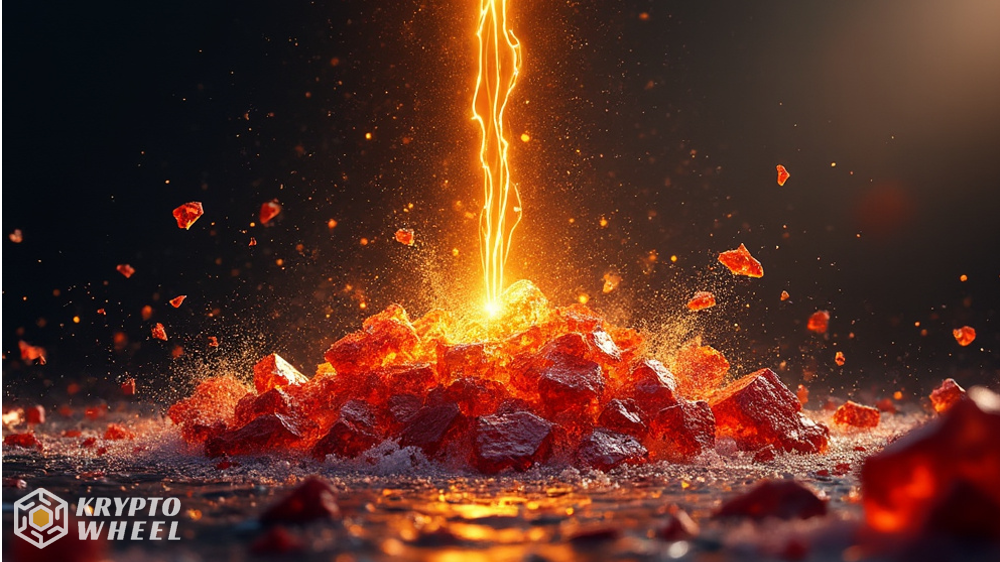Well, it’s been a rough week for a lot of crypto, hasn’t it? Red across the board for plenty of major names. But TRON, or TRX, seems to be… well, it’s just sort of hanging in there. While everything else was swinging wildly, TRX only dipped about 2%. It’s still holding above that $0.35 mark, which feels like a minor victory in this climate. I think that kind of steadiness is getting people’s attention, especially when you zoom out a bit and see it’s actually up nearly 5% over the last fortnight.
Holding Its Ground Against Bitcoin
Here’s the thing that really stands out, at least to some analysts. It’s not just about the dollar price. It’s how it’s performing against Bitcoin itself. See, when the market corrects, most altcoins tend to show real weakness against BTC. Their trading pairs take a hit. But not TRX, apparently.
Data from one analyst, Crazzyblockk, shows the TRX/BTC pair actually gained 2.66% this past week. Now, compare that to some others. ETH was basically flat. XRP dropped over 2%. SOL managed a small gain, but nothing like TRX. That’s a pretty clear divergence. It suggests that maybe there’s a specific demand for TRX right now, a bit of a shelter from the storm elsewhere. It’s not a massive surge, but it’s consistent. And in this market, consistency is something.
More Than Just Price: The USDT Factor
But price action is only one part of the story. Perhaps the bigger, and arguably more important, development is what’s happening on the network itself. We’re talking about stablecoins, specifically USDT. TRON has quietly become the absolute go-to highway for moving USDT around.
The numbers are kind of staggering. From the start of the year to August, the number of addresses receiving USDT on TRON exploded. We’re talking a jump from around 5 million to over 35 million. That’s… a lot. Now, a wallet address doesn’t always equal one unique person, of course. It could be exchanges, new wallets, dApps. But that kind of growth isn’t just random noise. It points to real, organic use.
People are using it for remittances, for payments—things that need to be fast and cheap. And TRON’s infrastructure delivers that. It feels like the network is finding its purpose, cementing itself as this crucial utility layer for stablecoin flow. That kind of fundamental usage might just be the bedrock that’s helping the price stay so stubbornly resilient while other projects wobble. It’s less about speculation and more about actually being used. And that, perhaps, makes all the difference.










